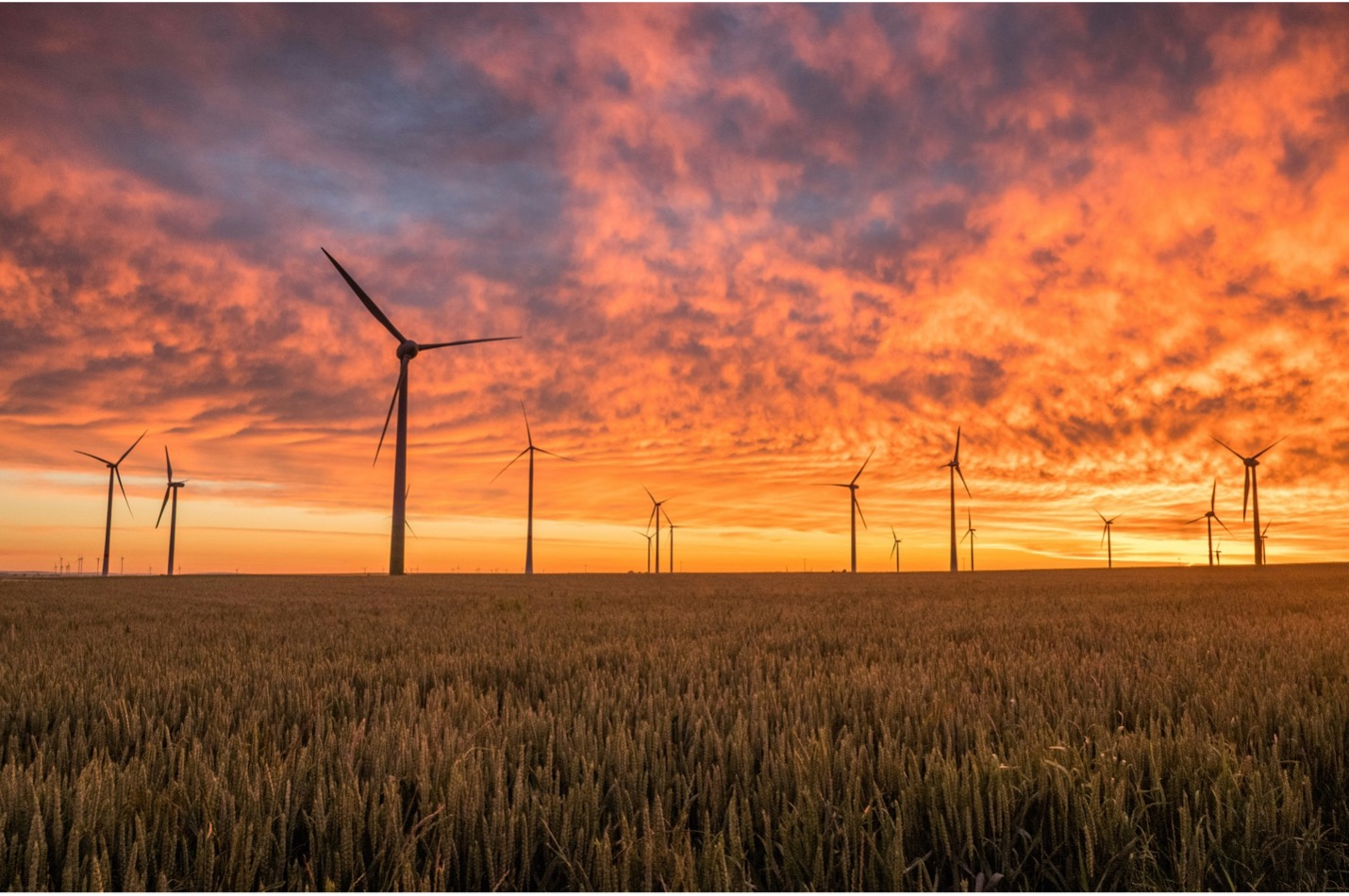
Bridging the Gap: Ensuring a Just Transition for Rural Communities in the Clean Energy Revolution
by Olivia Moulton
As we begin transitioning from fossil fuels to renewable energy, we must be mindful of the disproportionate effects that the existing energy system has had on certain communities. In order to meet the 2050 goals set forth by the International Renewable Energy Agency, approximately 37 gigatons of annual CO2 emissions must be cut by 2050. To achieve this goal, there must be substantial improvements in energy efficiency. There are ongoing disparities in energy efficiency in rural communities in America. The importance of improving energy efficiency measures in rural communities is crucial for the clean energy transition.
Rural communities have the highest energy burdens, meaning they spend the highest percentage of their income on energy costs. Rural communities, on average, have earned less than their urban and suburban counterparts. This means that rural residents have less money to spend on energy, driving down demand and disincentivizing utilities from investing in infrastructure. Rural communities also have higher transportation energy burdens than those who live in urban areas. This is because they do not have abundant public transportation options and often have to travel further distances for work, school, and leisure. All rural subgroups can see benefits from even modest energy efficiency improvements.
One program designed to help these rural communities improve their energy efficiency is the Energy Improvements in Rural or Remote Areas (ERA) program. The ERA is funded through the Bipartisan Infrastructure Law, and received $1 billion to help expand education, investment, access, and resilience in America’s rural and remote communities. Under the ERA, there is the Cooperative Agreement Funding Opportunity and the Fixed Award Grant Funding Opportunity Announcement. Most projects have been awarded to indigenous tribes in Alaska and the western part of the country, as well as universities who help to develop clean energy projects. This is because many tribes pay almost four times the national average for their utilities, causing them to have a high energy burden.
Another program that is available is the Rural Energy Savings Program (RESP). This program provides loans to rural utilities and other companies who provide energy efficiency loans to qualified consumers to implement durable, cost-effective energy efficiency measures. Eligible applicants under this program include entities that provide retail electric service needs. These loans could help with reluctance to implement energy efficiency programs. By providing the opportunity for a utility to provide the service, it could override some of the reluctance that is seen from customers.
In the same vein as the RESP, there is also the Renewable Energy for America Program (REAP). REAP provides guaranteed loan financing and grant funding to agricultural producers and rural small businesses. 15% of agricultural production costs are energy related, and with the cost of energy rising, using less energy can go a long way. Agricultural producers are among the most energy-intensive businesses, so they would benefit the most from improved energy efficiency measures. REAP would save them money as well as reduce greenhouse gas emissions. By allowing these entities to improve their energy efficiency it can not only bring benefits to those businesses themselves but also to the communities where they are located. Allowing these businesses to cut their energy costs will allow them and their communities to prosper. For example, just switching to more efficient lightbulbs could result in energy savings of $2,658 a year. If this small measure would give farmers an almost $3,000 profit, imagine what larger efficiency measures could do.
Energy efficiency has been noted as a crucial part of the clean energy transition, but ultimately, not enough has been done to remedy energy efficiency defects. Especially in rural areas, where utilities are less likely to focus infrastructure upgrades, sentiments are often against changing the system, and energy burdens are among the highest in the country, these measures are more important than ever. In the transition to clean energy we cannot leave rural communities, often forgotten about or who come secondary to urban centers, behind. The effects that energy efficiency measures could have on these communities could not only help them financially but help to cut down on emissions by using less energy. All people deserve a place in the clean energy transition, and our actions moving forward must be just.

